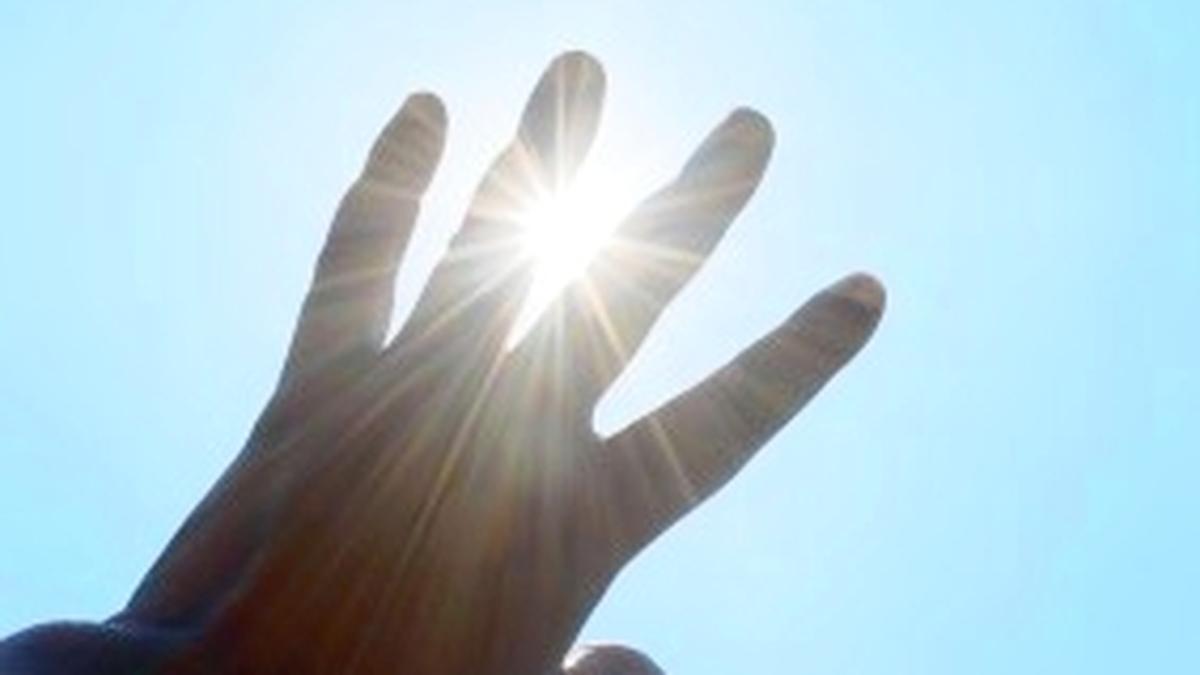
Understanding the impact of the sun on the skin Premium
The Hindu
Protect your skin from sun damage to prevent skin cancer by following sun-safe habits and regular check-ups.
Stepping out to a bright and sunny day is par for course in most parts of India, for the better part of a year. The sun, while no doubt a boon, also had its flip side. What many people do not realise is that the sun’s rays could be silently harming your skin. While there has been a lot of awareness recently about the importance of sunscreen and skincare, often, this advice is not taken very seiously.
To understand why this is important, we must first understand the effect of the sun’s rays on human skin. The occasional exposure to harsh sunlight a sunburn or temporary tan may seem harmless, but the effects can go deeper. Ultraviolet rays silently harm your skin, breaking down collagen, speeding up wrinkles and leaving behind dark spots that don’t just fade away with time. You may not even notice the damage until years later.
Think of your skin as a diary that keeps track of the days that you skipped sunscreen. Whenever you stepped out without sun protection, even for a short while, it has affected your skin. At first, this doesn’t seem like a big deal but over time, all of this exposure adds up. Before you know it, your skin starts showing signs of premature ageing, sunspots and in serious cases, even skin cancer. So, the next time you step out, ask yourself: Is my skin really prepared to take the heat?
The sun emits ultraviolet (UV) radiation, which is divided into two types: UVA and UVB rays. Both types can cause cause damage to your dermis (the middle layer of your skin) and they do so in different ways.
UVA rays penetrate deeply into the skin, affecting its deeper layers. Over time, this damage weakens the skin’s structure leading to premature aging with signs like wrinkles, fine lines and sagging. UVA rays are present throughout the day and can even penetrate through windows, meaning you’re at risk whether you’re outside or inside.
While UVB rays don’t penetrate as deeply as UVA rays, they are responsible for the visible effects of sun exposure such as sunburns. UVB rays are stronger in the summer months and are most intense between 10 a.m. and 4 p.m. Sunburns caused by UVB rays can result in red, inflamed dermis that is often painful. Repeated sunburns increase the risk of skin damage and even skin cancer.
There’s no doubt that our skin is exposed to a lot of factors — pollution, weather changes and ultraviolet (UV) rays from the sun. Too much exposure to these rays over a long time, can damage the DNA in our skin cells, causing them to grow abnormally, which ultimately leads to skin cancer.













